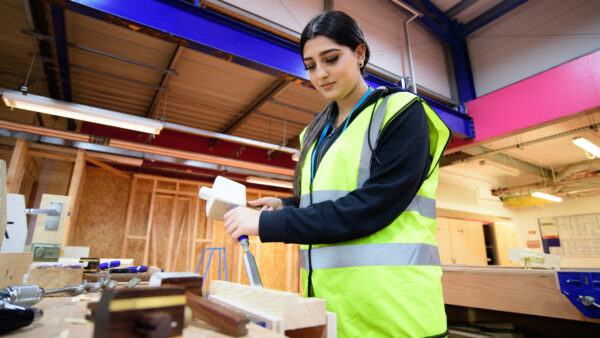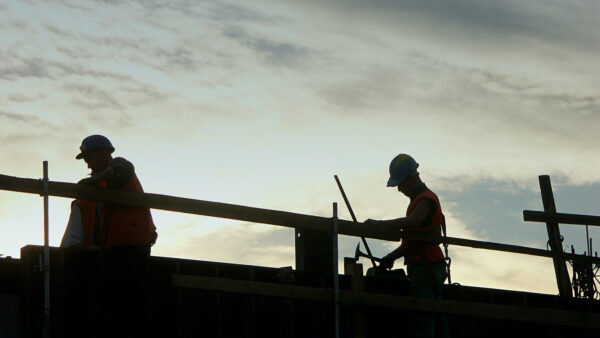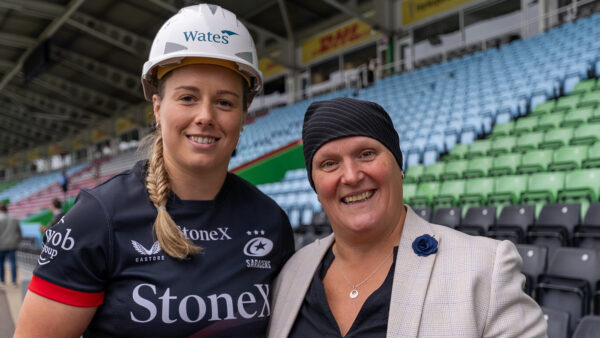
Construction needs inclusive leaders, but everyone has a role to play in driving positive change.
We have issues in the construction and built environment industry, let’s face it!
We have an industry that, despite increasing efforts to improve diversity, has never managed to get the proportion of women working in it to more than 15.84% over almost the past 30 years.
When we look at women in trades, the situation is even worse, with approximately 2% working on site, according to data from the Chartered Institute of Building (CIOB).
Statistics from the Royal Institution of Chartered Surveyors (RICS) show that the leaky pipeline for women in the surveying profession is around the age of 47, where women only have 16 years of chartership compared with 27 years for their male counterparts.
I wrote about the leaky pipeline of women in my book, Building Women, and my research showed there were a number of reasons for the leak, ranging from discrimination and sexual harassment to bullying and lack of flexibility.
What is needed is a collective shift where everyone, from site workers to senior executives, understands that inclusion benefits all
But is it only down to leaders to solve the issues? My view (although perhaps controversial) is only in part!
Yes, leaders shape culture, so a good leader will create a safe and enjoyable working environment.
However, the best leader in the world cannot ensure in a fragmented industry like ours that every single person shares that culture.
On site challenges
For example, take Leader A, who is responsible for a tier one contracting company, invites flexibility, even on site, encourages people to leave loudly and his staff are great.
But then, put a woman working flexibly on a site surrounded by various tradespeople, and things get tricky.
You see, even if the leader is inclusive, as are all the staff, the moment the woman steps out on site things change because the gloves are off. The culture is different for every single company and person on that site.
How does Leader A control them? He can’t, so the woman hears derogatory comments about how she shouldn’t be there or, worse, is blatantly harassed.
Then take Leader B – same scenario. She’s great, but how is that culture disseminated to middle management?
At Leader B’s company, some of the middle management are ‘old school’. They don’t want a woman working flexibly, they think you should be on the job between 8am and 5pm. And the fact she leaves to deal with caring responsibilities leads to animosity from her male peers.
She’s excluded, not invited to things, or misses meetings because they are made outside of core hours. She feels unwelcome and unhappy.
Is this Leader B’s fault? She has a great culture and inclusive thinking, so how can it be Leader B’s fault?
The way forward
For me, there are a number of solutions to the issues:
- Leadership culture needs to flow down throughout all people in a business. Middle management is where many of the women, especially those I interviewed for my book, saw the culture disintegrate. We need to train middle managers, and part of that means ‘selling’ to them why inclusive culture will also benefit them. Offer men the same flexible options as women, and encourage it, so attitudes change.
- Companies can measure behaviours and use someone’s values and adherence to company culture by making it part of a bonus structure, for example. This would weed out poor behaviours and benefit and encourage inclusive people.
- On site, measure culture using anonymous surveys and key performance indicators for suppliers, subcontractors and specialists. Make reporting of poor behaviours easier to ensure we create safe environments for everyone. Remove people from your supplier list if they get three strikes.
By implementing these solutions, we can begin to drive meaningful change across the construction industry – not just for women, but for men as well.
What is needed is a collective shift where everyone, from site workers to senior executives, understands that inclusion benefits all.
Supporting women in construction helps build fairer, stronger systems for all, boosting business performance and reinforcing an industry that plays a vital role in our society.
For construction to remain relevant, resilient and future-fit, inclusion must be embedded at its core.
Faye Allen is a chartered quantity surveyor and author of Building Women.
Comments
Comments are closed.










I think you forget to include the natural reluctance of women to work in a dirty, messy, rough environment. They by nature prefer a more gentle desk bound or people service environment. Even under the Soviets in time of war women did not exceed 8% of military manpower. They did better when in women-only battalions, such as snipers and tank drivers. But what we know is obscured by typical communist propaganda. Not too different from what your opinions are except perhaps without the club over one’s head threat, more common to Marxist democrats lately.